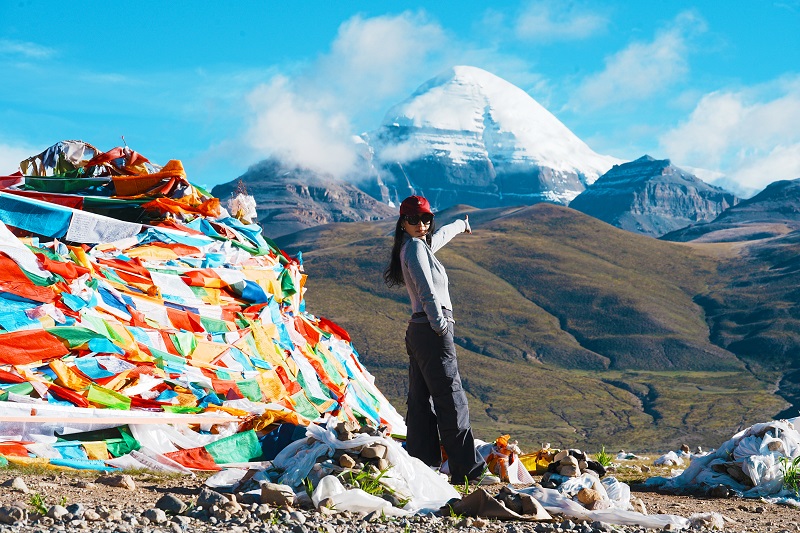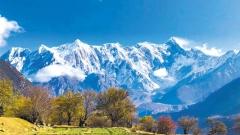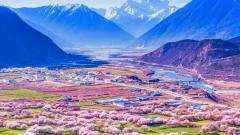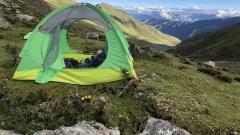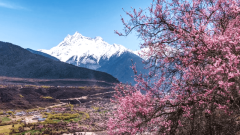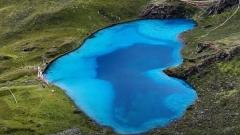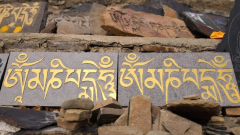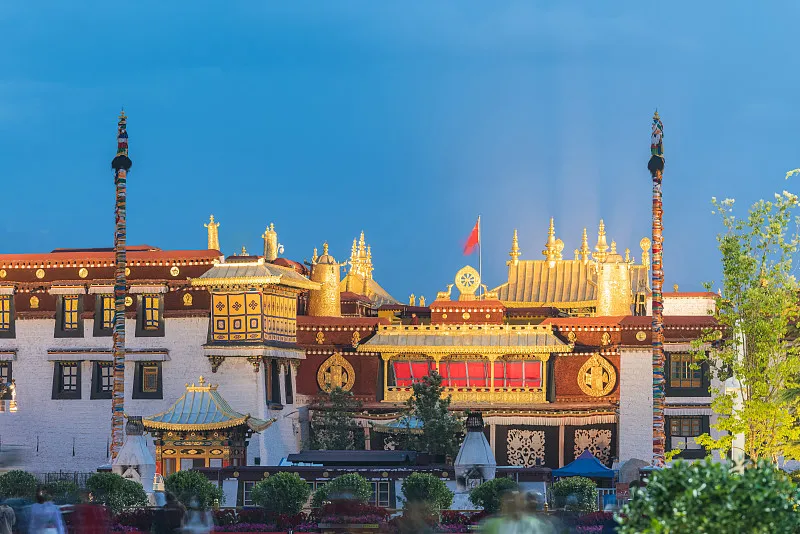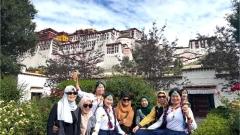Sacred Wind, Blazing Spirit, and the Pilgrim’s Return to the Centre of the World
Why the 2026 Fire Horse Year Is Singular and Sacred
Every twelve years, the Tibetan calendar circles back to a Horse Year — a sacred alignment believed to intensify the spiritual merit of walking the kora around Mount Kailash. But 2026 is no ordinary Horse Year: it is a Fire Horse Year, associated with passion, intensity, transformation, and a return to the elemental self.
In the cosmology of the Five Elements (Wood, Fire, Earth, Metal, Water), Fire symbolises illumination, resolve, and cleansing. When paired with the vitality of the Horse, a symbol of unrestrained movement and cosmic momentum, the result is a year brimming with sacred urgency.
This rare conjunction amplifies the spiritual potency of the kora to extraordinary levels. Pilgrims believe that completing the Kailash kora in a Fire Horse Year — especially one as energetically charged as 2026 — bestows the merit of thirteen circumambulations. It is not merely a number; it is a metaphysical multiplier.

Tibetan Calender
Mount Kailash: The Mountain That No One Climbs
Rising to 6,638 metres, Mount Kailash (Gang Rinpoche in Tibetan) is revered across faiths as the axis mundi, the world’s spiritual centre point:
-
Buddhists know it as the abode of Chakrasamvara, the union of wisdom and compassion in divine form.
-
Hindus worship it as the dwelling place of Shiva, the cosmic destroyer and meditative master.
-
Jains revere it as Ashtapada, where Rishabhanatha attained moksha (liberation).
-
Bonpo tradition venerates it as the home of Sipaimen, the primordial sky goddess.
No climber has ever reached its summit — not out of difficulty, but out of reverence. The path to Kailash is not one of conquest, but of devout circumambulation.
The Spiritual Urgency of the 2026 Kora
To undertake the kora in 2026 is to walk the edge between this world and the next. The belief in thirteenfold merit is not a poetic flourish. It’s core doctrine — ancient, profound, and universally acknowledged in Tibetan Buddhism.
Why 2026, specifically?
-
It is the first Horse Year after the upheavals of the 2020s, seen by many as a karmic crossroads.
-
It carries the element of Fire, making it the most transformative Horse Year in the 60-year cycle.
-
It coincides with renewed access to Kailash after years of global travel disruption, offering pilgrims a rare opening both spiritually and practically.
This is not just a cyclical opportunity — it is a generational pilgrimage. Miss this; the next Fire Horse Year won’t come for six decades.
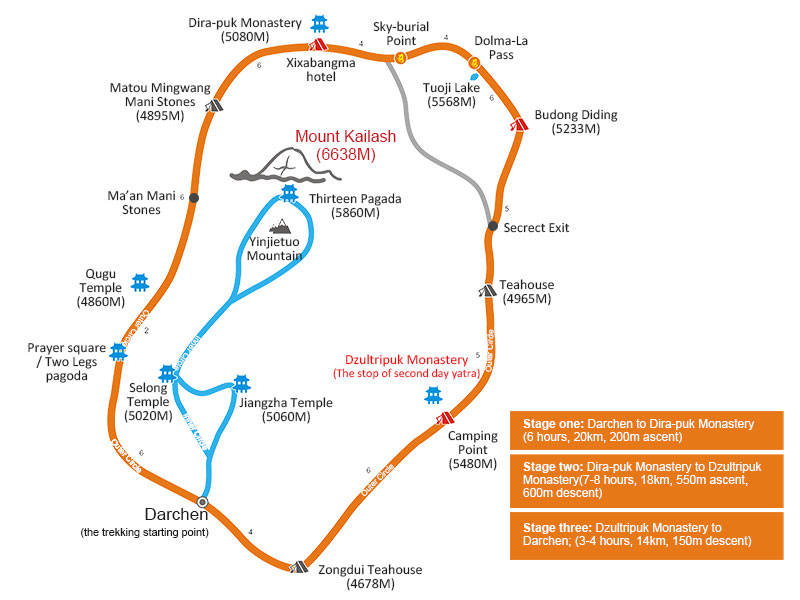
Kailash Kora Route
Kora Ritual and Its Metaphysical Power
The Kailash Kora is a 52-kilometre circumambulation through austere beauty and thin air. Pilgrims cross the Drolma-la Pass at 5,630 metres, enduring biting winds, stone-strewn paths, and their inner demons.
In 2026, every step is believed to be thirteen steps in the eyes of karma. The kora becomes not merely an act of faith, but a ritual of massive karmic recalibration — a soul rebalanced through elemental fire, wind, and stone.
Devotees believe sins are washed away, attachments loosened, and ancestral burdens released during this walk. Some pilgrims prostrate their way around the entire circuit — lying flat, standing, and walking a step, then repeating, for days or even weeks.
In a Fire Horse Year, this devotion is said to resound through all five elements, not just in one’s life, but across incarnations.

Year of the Fire Horse
Travel Essentials: The Role of the Tibet Travel Permit
To enter the Tibet Autonomous Region (TAR) — and especially to reach remote Ngari Prefecture, where Kailash resides — foreign travellers must obtain several permits, chief among them the Tibet Travel Permit (TTP).
Without it, no international tourist can legally enter Tibet, nor book accommodation or transport. It is not optional. It is essential.
Thankfully, at China Dragon Travel, we offer free consultation on TTP applications, and even full permit arrangements at no cost if you book your Kailash tour through us. We believe that such a profound journey should not be hindered by paperwork.
Here’s what’s typically required:
-
Chinese Tourist Visa (acquired independently)
-
Tibet Travel Permit (TTP)
-
Aliens’ Travel Permit
-
Military Permit for the Ngari region
We handle the legwork — you handle the pilgrimage.
Reaching the Mountain of Mountains
The most common and spiritually rich route begins in Lhasa, Tibet’s capital. From there, pilgrims embark westward by land, through ancient monasteries and salt-lake wilderness, toward the sacred twin waters of Lake Manasarovar and Mount Kailash.
Alternatively, those entering from Kathmandu, Nepal, can take the Gyirong Port route — a dramatic entry into the high Himalayan frontier.
Whichever way you come, the journey itself becomes part of the pilgrimage: thin air, silent valleys, fluttering prayer flags, and the slow shedding of worldly concerns.

Lake Manasarovar and Mount Kailash
When to Go
The kora season generally runs from May through September, with Saga Dawa Festival (usually May/June) being the spiritual crescendo. During this time, thousands of pilgrims gather to raise prayer flags at Tarpoche Flagpole, chanting mantras beneath the full moon that celebrates the birth, enlightenment, and parinirvana of the Buddha.
In 2026, Saga Dawa will carry extraordinary significance, falling within the Horse Year and drawing a spiritual surge unseen since 2014.
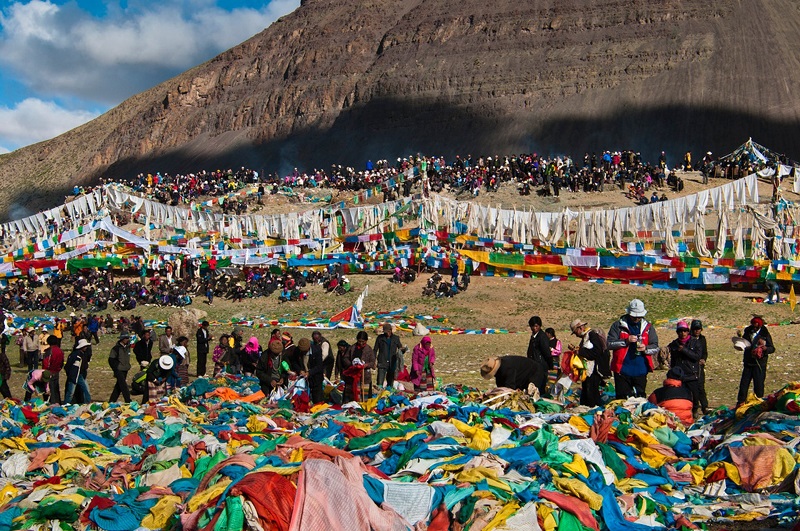
Saga Dawa Festival
Pilgrimage Etiquette: Walk with Reverence
-
Always circumambulate clockwise, unless you’re a Bon practitioner (who walks counterclockwise).
-
Do not attempt to climb Kailash. It is a living god, not a peak to conquer.
-
Respect all sacred sites, shrines, and cairns.
-
Walk in mindful silence where possible, and refrain from intrusive photography.
-
Pilgrims are not tourists. Observe, learn, and walk humbly.
Nearby Sacred Sites Worth Visiting
-
Lake Manasarovar: Said to be born from Brahma’s mind, its waters purify past-life sins.
-
Tarpoche Festival Site: The spiritual heart of Saga Dawa.
-
Dirapuk and Zutulpuk Monasteries: Rest points with deep spiritual resonance and panoramic views.
-
Chuku Monastery: A lesser-known hermitage, ideal for quiet meditation before the kora.
Final Reflections: Walk While the Fire Burns
The 2026 Fire Horse Year at Mount Kailash is not simply a journey — it is a moment written in myth, encoded in stars, and waiting in stone.
This is a rare year when the spiritual lines align:
-
Fire ignites the will.
-
The Horse moves the soul.
-
The Mountain witnesses all.
If you feel the call, don’t wait. The Fire Horse does not linger. And neither will this invitation.
Walk the mountain. Burn away the old. Begin anew.



